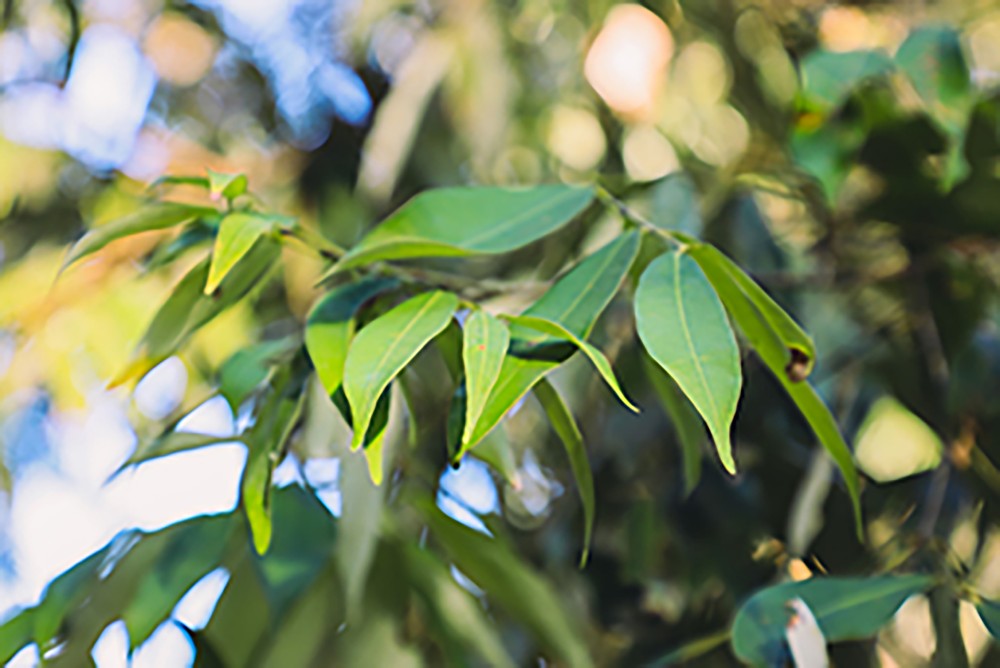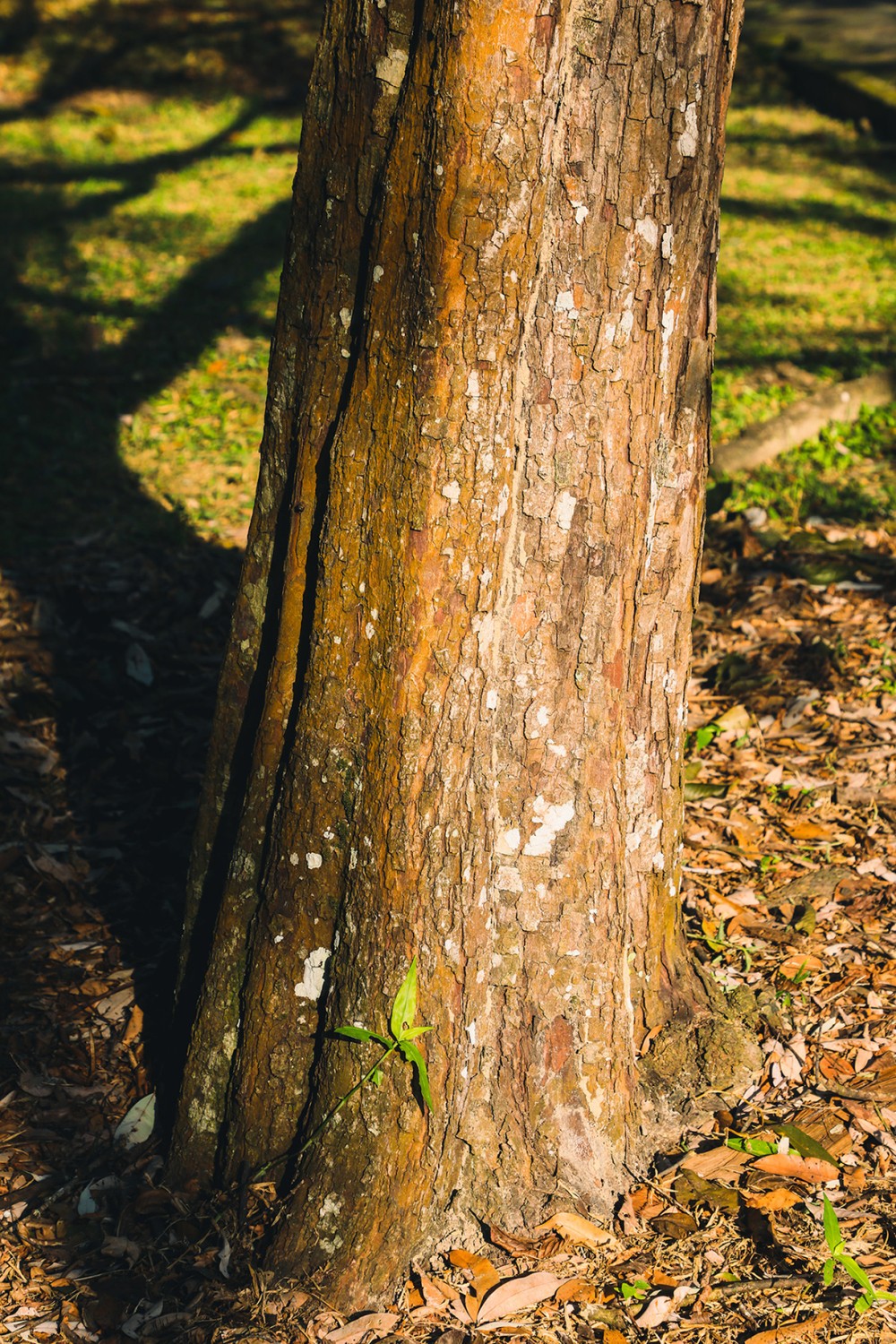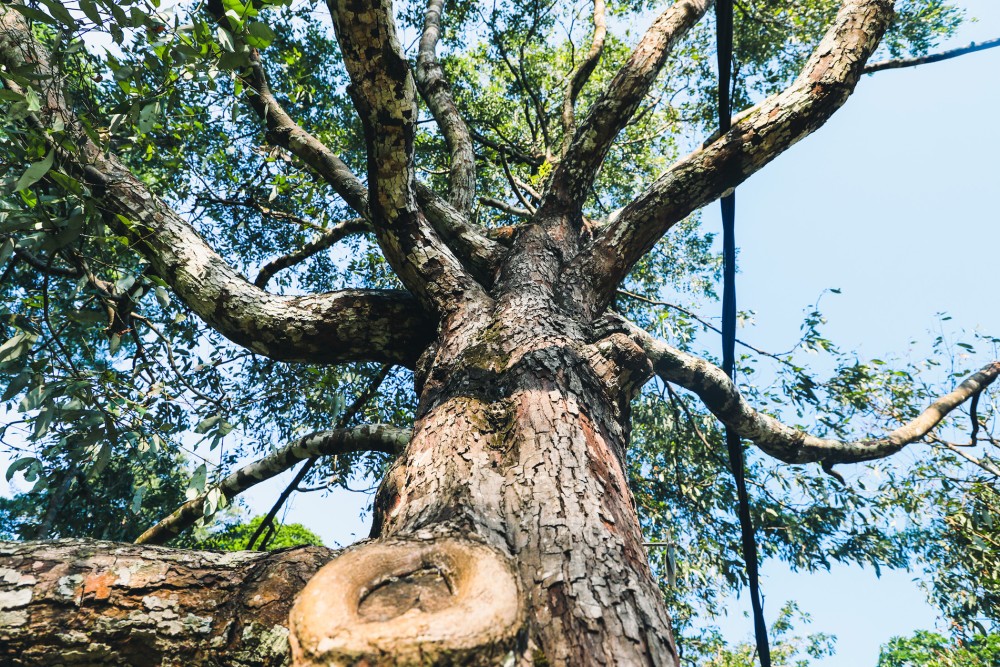No Data Found
Mesua ferrea
Ceylon Ironwood, Penaga Lilin
![]() Intermediate Sensitivity
Intermediate Sensitivity
| Species Name | Mesua ferrea |
|---|---|
| Common Name | Ceylon Ironwood, Penaga Lilin |
| Family | Calophyllaceae |
| Genus | Mesua |
| Taxonomic Synonyms/Past Names | |
| Taxonomic Notes |
Agree with the details?
Login to Vote Now
Species Information
- Evergreen tree growing up to 24 m tall with a very dense, narrowly conical crown and slender drooping branches. Leaves 5-13 cm long, narrowly elliptic, pale or white (glaucous) on the under-surface, opposite. Flowers large, showy, 5-8 cm across, white, very fragrant, solitary or in pairs at leaf axils. Ovoid to ellipsoid fruits 2.8-3.5 cm long, seated on persistent woody sepals at the base.
- Sri Lanka, south-west India, Andaman Islands, Myanmar, Thailand, Vietnam, and Peninsular Malaysia
- Lowland evergreen forests to 500 m
- Up to 500 m
No Data Found
No Data Found
No Data Found
No Data Found
No Data Found
No Data Found
No Data Found
No Data Found
- The tree is buttressed at the base and often seen planted in open spaces. [1]
No Data Found
No Data Found
No Data Found
No Data Found
- The tree exudes an aromatic white resin when it is wounded. [1]
No Data Found
No Data Found
No Data Found
No Data Found
- The tree is often planted for its ornamental foliage and flowers. Its fruits are ovoid to globose capsules, 1-2 seeds. [1]
No Data Found
No Data Found
No Data Found
No Data Found
- There are some concerns about the flowers. In laboratory tests, extracts of the flowers terminated the pregnancy of/resulted in a lack of implantation in rats. [1]
No Data Found
No Data Found
No Data Found
No Data Found
No Data Found
No Data Found
No Data Found
No Data Found
No Data Found
No Data Found
No Data Found
No Data Found
No Data Found
No Data Found
- It prefers fertile loam soil. [1]
No Data Found
No Data Found
No Data Found
No Data Found
- Prefers a pH range of 5.0-5.5 but tolerates 4.3-6.9 [1]
No Data Found
No Data Found
No Data Found
No Data Found
- Occurs in moist lowland forests associated with riverine sites. [1]
No Data Found
No Data Found
No Data Found
No Data Found
No Data Found
No Data Found
- Withstands temperatures as high as 45 ºC. [1]
No Data Found
No Data Found
No Data Found
No Data Found
No Data Found
No Data Found
No Data Found
No Data Found
- Specimens in Shah Alam, Selangor, were tolerant of an El Niño event.
No Data Found
No Data Found
No Data Found
No Data Found
- Specimens remained undamaged after storms.
No Data Found
No Data Found
No Data Found
No Data Found
No Data Found
No Data Found
No Data Found
No Data Found
No Data Found
- Specimens in Perak, Shah Alam (Selangor), and Johor showed no signs of predation, parasitism, or disease.
No Data Found
No Data Found
No Data Found
No Data Found
-
Insufficient Data
No Data Found
No Data Found
No Data Found
No Data Found
No Data Found
No Data Found
No Data Found
No Data Found
No Data Found
- It is highly sacred in India. Provides food (herbs and spices), has medicinal properties, and is used for timber and to make products. [1]
Contributors: anonymous
Last Updated: 2023-03-15



No comments